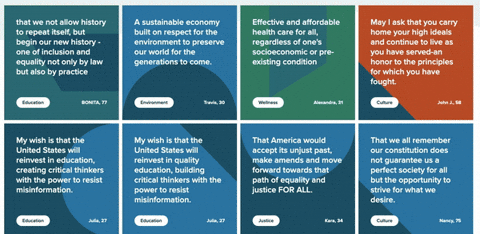
Title: Unraveling the Mystery of Swatting Calls in US College Campuses – A Deep Dive into an Epidemic The recent surge of swatting calls on US college campuses has left many institutions scrambling to ensure student safety and maintain a sense of normalcy. Although lockdowns have since been lifted, schools that received the threats continue to act with an abundance of caution. This blog post aims to provide a detailed analysis of this phenomenon, its historical context, potential implications, and our perspective on its significance. Swatting is a malicious practice where someone makes false reports to law enforcement agencies about ongoing criminal activities or emergencies at specific locations. The aim is usually to provoke an overreaction from the police, leading them to respond with heavy force. In recent years, swatting has become increasingly popular among online trolls and pranksters who target high-profile individuals such as celebrities and tech moguls. However, college campuses have now become a new frontier for these malicious activities. Historically, swatting dates back to the early days of computer hacking when skilled programmers would break into systems and cause disruptions. Over time, it evolved into more sophisticated forms involving phone calls or emails designed to deceive law enforcement agencies. The rise of social media platforms has further facilitated this practice by providing a platform for coordinating such activities on a larger scale. The potential implications of swatting are far-reaching and can have severe consequences. Apart from causing panic among students, faculty members, and staff, it also strains law enforcement resources as they scramble to respond to false alarms. Moreover, the cost associated with investigating these incidents is substantial, diverting funds that could be used for other critical purposes. From a societal perspective, swatting calls on college campuses underscore the need for heightened vigilance and security measures in our educational institutions. It also highlights the importance of digital literacy education to help students identify and report suspicious online activities. Furthermore, it serves as a reminder that we must remain vigilant against cyber threats and work together with law enforcement agencies to combat this growing menace. In conclusion, swatting calls on US college campuses represent an alarming trend that demands immediate attention from all stakeholders – students, faculty members, administrators, parents, and the government. By understanding its historical context, potential implications, and taking proactive measures to address it, we can ensure a safer learning environment for our future generations.
Source: [Original Article](https://abcnews.go.com/US/video/us-college-campuses-experiencing-epidemic-swatting-calls-125524544)
#watch:
Check out my AI projects on Hugging Face, join our community on Discord, and explore my services at GhostAI!

